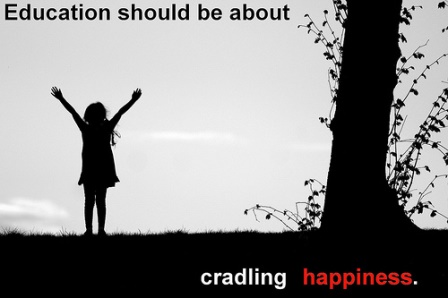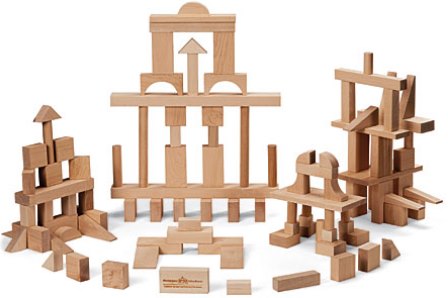
As a teacher moves from a general concept to specific details, it’s always helpful to make use of famous examples. Imagine a Halloween class about vampires. Don’t you think the Twilight series will enliven the atmosphere? If you’re a music teacher, you can talk about the changes in the music scene from Wolfgang Mozart to Elton John to Justin Bieber. If you’re a supply-and-demand teacher, you can bring up famous economists and their outstanding contributions once in a while.
The importance of covering famous people, events and things during classes can be summarized into three aspects.

Inspiration
Teachers can ignite inspiration in the class if they discuss the lives of famous people. The leadership of Martin Luther King can still be taken as an effective example of resolving issues on cultural indifference and violations of human rights. Talking about Steve Jobs and Bill Gates can inspire technology-intelligent kids to develop their computer and Internet interest and skills. Socrates’ way of questioning will remind students that curiosity will lead them to the path of wisdom and knowledge.
Appreciation of History
A chemistry teacher who jumps into discussion of the periodic table without explaining how it was derived is missing a lot. The students, especially those who detest science, won’t cherish the remarkable discovery at all. Narrating how Dimitri Mendeleev developed it would enable them to appreciate its importance in our daily lives. They may not stop grumbling when they try to memorize which elements are considered noble gases, metallic and non-metallic, etc. but at least they would understand its usefulness and they would realize that perhaps no other genius can arrange the elements as orderly as how famous chemists did.
Easier Explanation
When you coach a child to act as a villain for a school play and you find it hard to explain the kind of rage you’d love the scene to have, don’t you think a short description of Joker in Batman would help? When you teach basketball techniques, grabbing a picture of Michael Jordan and explaining how well he can manage the ball during crunch time will let kids visualize a difficult scenario in the court. If you want toddlers to remember the values of friendliness and positivism, show them a video of that eight year old adventurous Latina who always carry a purple backpack. They will certainly remember that helpfulness is all about famous Dora and friends.



